Someone asked me if I could come up with an idea(s) for a piece to go at the intersection of two baseboards on those round, outside corners used with drywall. Now I know that they can be obtained at local hardware stores but where I live is a small town area and there’s really not much to choose from. I do have a lot of tools, espicially router bits, and I would like to know if any of you folks have made these pieces from scratch.
Thanks kindly

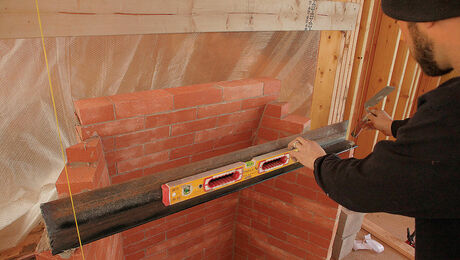


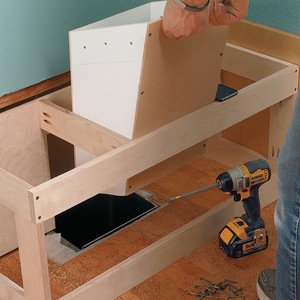
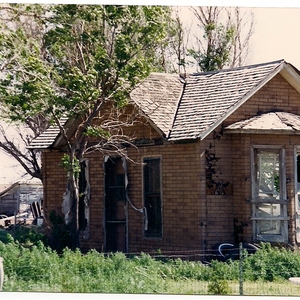



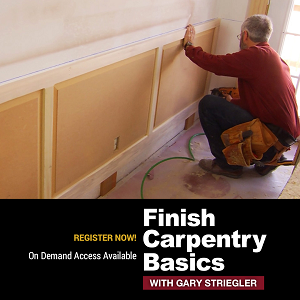


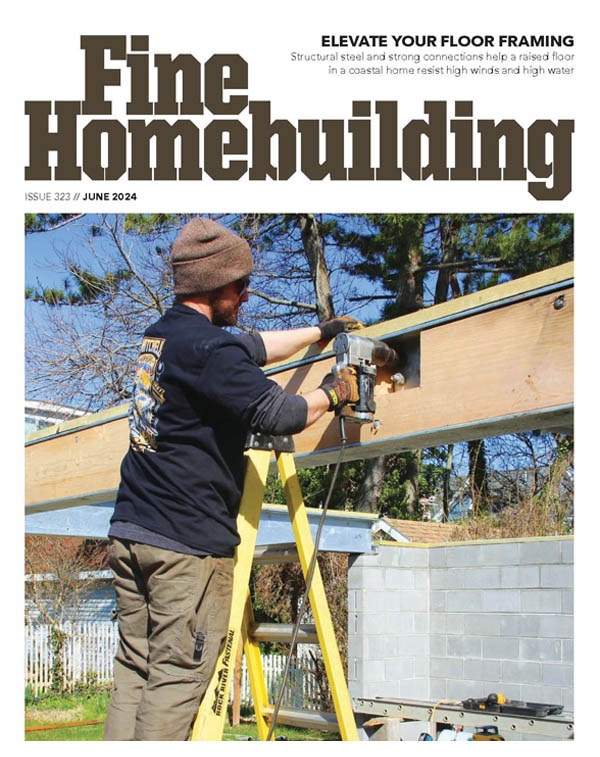

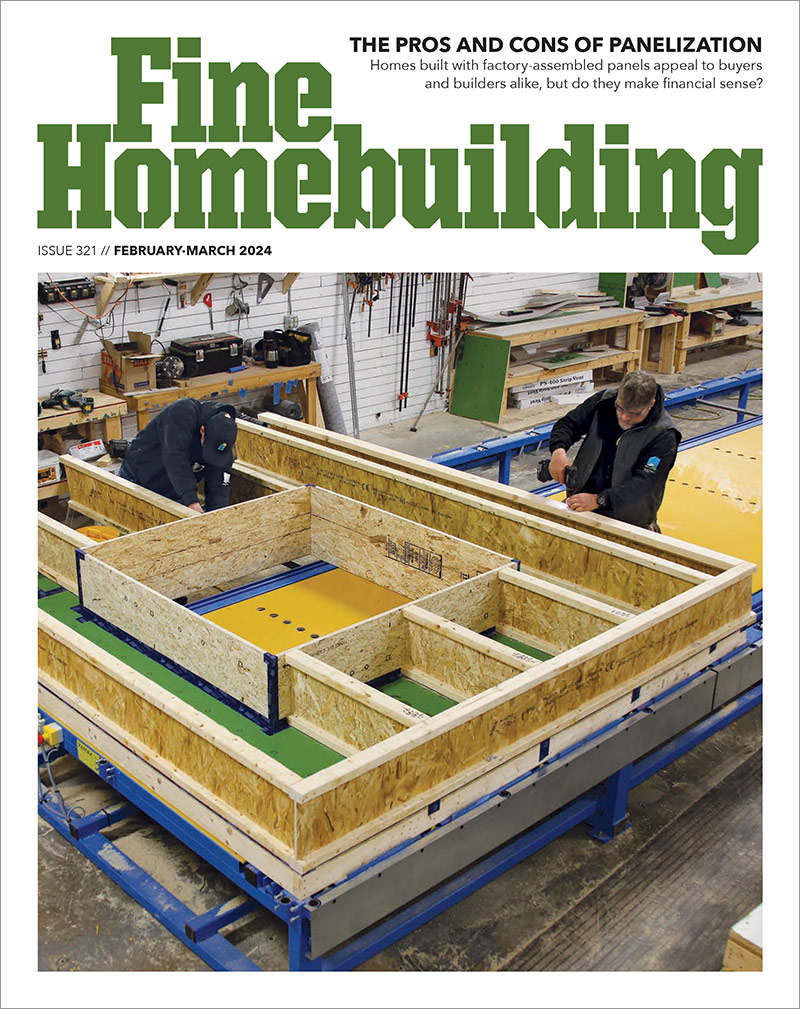
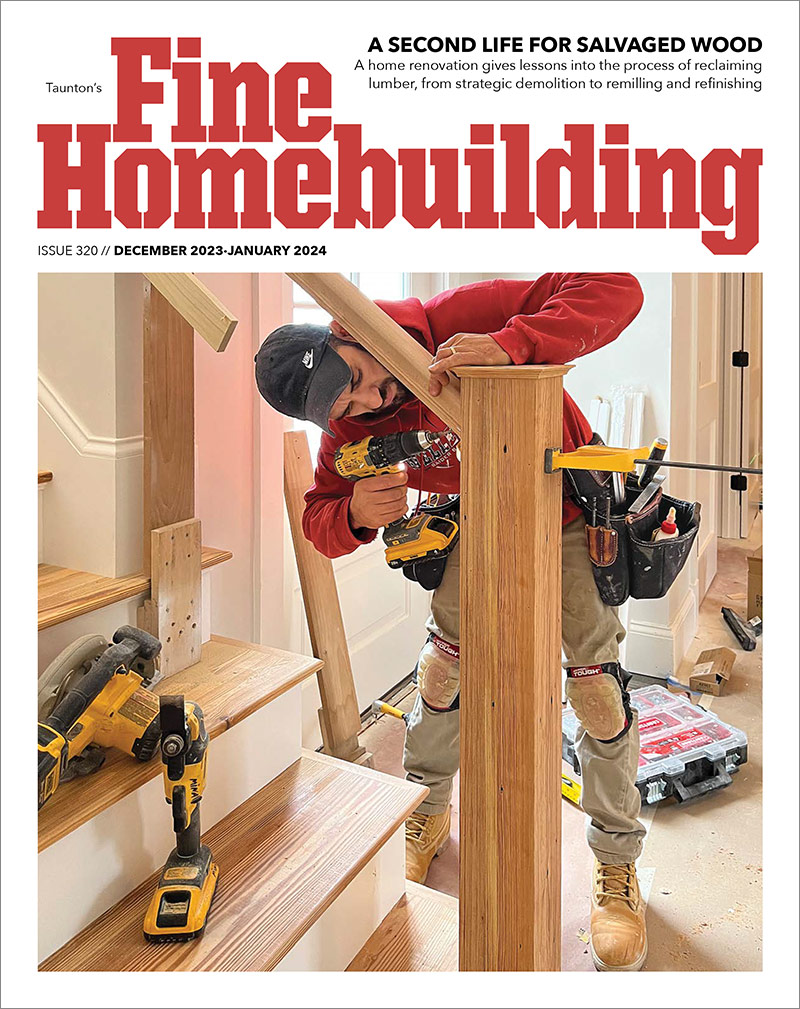
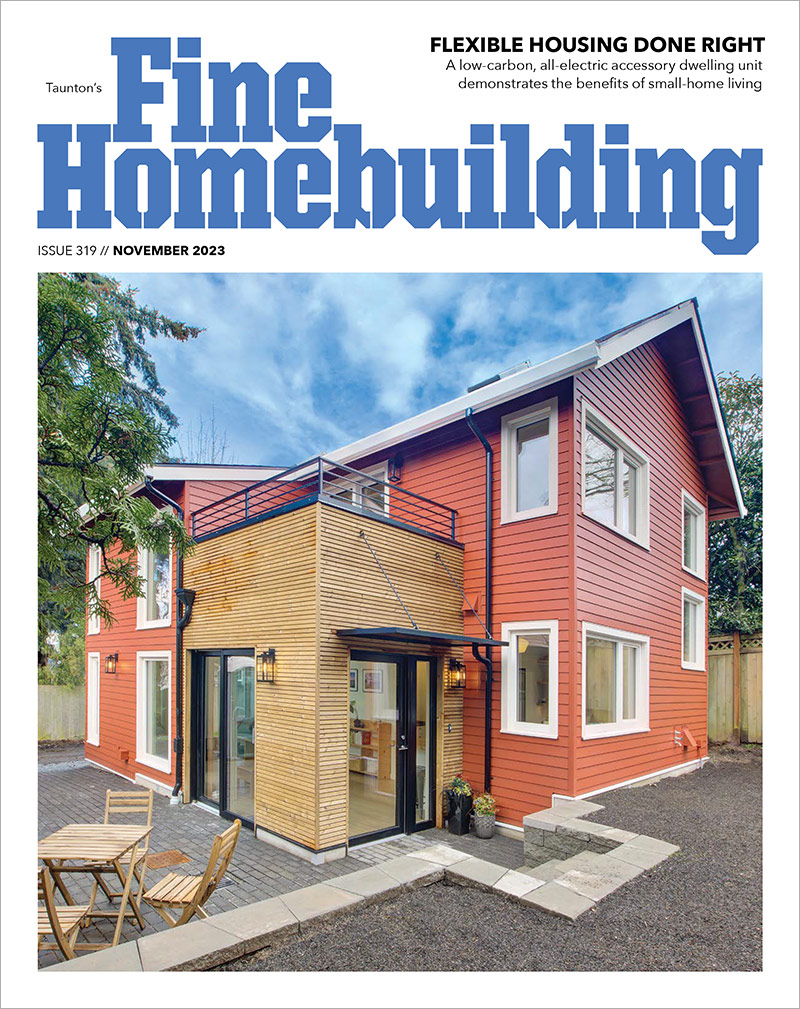

Replies
How "round"?
I've had to cut off metal outside corner bead that was "too proud" to get the base in properly. Other times, I've just "sweetened" the back of the corner with a rat tail (round) file.
The two times I've dealt with a true radius--one simulated coved plaster, about 3" radius; and a pseudo-adobe, about a 12" radius--they wanted different answers.
The plaster corners were made up of three straight sections, and lightly set into the top coat on the wall. It wasn't elegant, but it was "in budget." For the adobe-style, we made up a form from the forms used to make the corners (this was "interior" EIFS, of all things), and bent the base to match in the center of the base boards--that put the joints as far fro mthe corners as they would reach. That made for a very seamless look. Especially as the base was milled, and two-piece (a quarter-round on top; three milled dadoes in the top third of the base).
The most common way to runbase on round corners is with a third short piece between the two longer pieces, angles cut at 22+1/2 degrees...I think I even used to know how long to cut that little guy, maybe the long points the same length as the radius of the corner? No, I've lost it, have to get down and try one to know for sure.
Jon Carter built a house a few years ago with round sheetrock corners with a section at the bottom that was square. First time I'd seen those. You could probaly turn that corner unside down if the room was to have crown around the ceiling, too. But all that would be dependant on coordinating what went where with your drywall hangers.
I don't see whay you couldn't make your own on by turning the appropriate size round blank on a lathe, machining the desired profile all the way around that, drilling the proper diameter hole out of the center, then quartering it on a band saw. Would be a lot of work, but work great for painted trim. Of course, you wouldn't be able to make consectutive cuts from stock so your grain wrapped around the corner for stain grade, but depending on how highly defined the grain was it might look okay.
Jim, could you just mitre it like a true ninety an fill the tiny triangle with drywall mud or something? The end result might be something like your buddys custom corner beads.
It doesn't sound appealing to me...but sometimes things look okay in real life.
blueWarning! Be cautious when taking any framing advice from me. Although I have a lifetime of framing experience, all of it is considered bottom of the barrel by Gabe. I am not to be counted amongst the worst of the worst. If you want real framing information...don't listen to me..just ask Gabe!
Very cheesy Blue!
Thats what I thought too Doug. I just don't know...I've never seen the round corner bead used. I can't judge how big the radius is.
blueWarning! Be cautious when taking any framing advice from me. Although I have a lifetime of framing experience, all of it is considered bottom of the barrel by Gabe. I am not to be counted amongst the worst of the worst. If you want real framing information...don't listen to me..just ask Gabe!
Maybe, blue. I think these had sort of a tapered transition area, maybe 1/2", that would be above the top of the base. I don't remember exactly how it looked, but I have never really cared for that three piece way of running base and was surprised to see something else. Must have looked okay or I'd remember that much about it.
I don't know, I'm guess I'm just not a big fan of round corners. I prefer simpler design, almost Shakerlike. Round corners seem like they are intended to be noticed, superfluous - almost like victorian trim.
Jim's right. Here, rounded corners are a staple in many subdivisions. All use a short piece between the two adjacent baseboard sections. Looks good when done.
If it's a really big radius, you'll need to do more segments than the classic "1 at 45º" - it's basically the same think-work as casing an arched window. We use a course sanding drum to profile the inside of the "corner" to sit on the wall nicely.
Phill Giles
The Unionville Woodwright
Unionville, Ontario
48663.1
At the recent JLC live show there was a vendor selling just what you might need. It's a short chunk of plastic that's designed to transition a round corner bead to square near the floor or ceiling, so that a base or crown does not need those fugly 22.5* miters. Very slick.
http://norcodrywall.com/